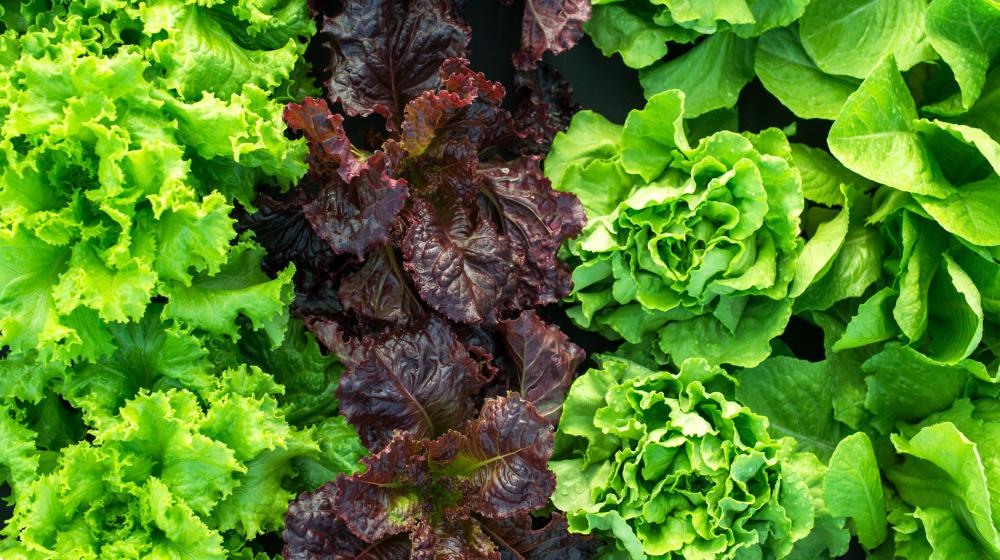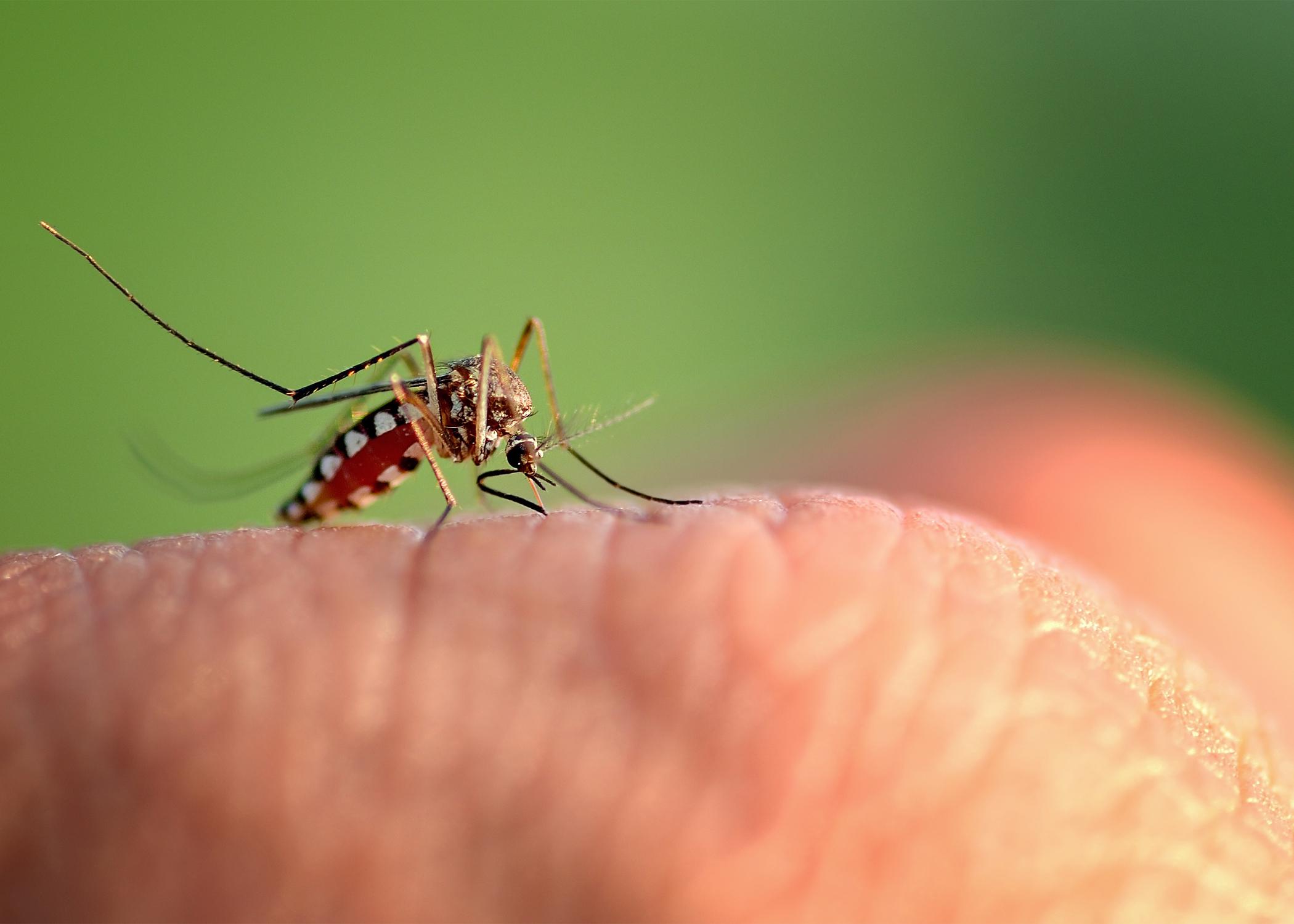Harvest of the Month: Lettuce

Lettuce is a great source of vitamin A and K! (Photo by Adobe Stock)
Did you know lettuce was one of the first vegetables brought to America by Christopher Columbus? What a great fun fact!
Lettuce is a cool-season vegetable that’s easy to grow! It’s recommended to plant lettuce in early spring, just after the last freeze. You can also plant lettuce in mid-August to early September. If you haven’t tried growing it before, let this be your year!
Lettuce is a great source of vitamin A and K. If you’re like me, there’s nothing more refreshing than a large salad packed with fresh veggies. There are five different types of lettuce:
- Leaf (loose-leaf lettuce)
- Romaine (cos)
- Crisphead (iceberg)
- Butterhead
- Stem
What’s the best way to store lettuce in the refrigerator? Lettuce easily wilts if not stored properly. It’s recommended to wrap fresh, unwashed leaves in plastic wrap and keep them in your fridge for up to a week. If you prepped a salad, avoid mixing in apples, pears, and bananas, as they can cause brown spots on the lettuce.
What happens if your lettuce wilts? Can you still eat it? The answer is yes! Put the leaves in a bowl of cold water with ice cubes and soak them for about 15 minutes. You’ll watch the droopy leaves come back to life!
Here are some new recipes that include lettuce to try:
Subscribe to Extension for Real Life
Fill in the information below to receive a weekly update of our blog posts.









